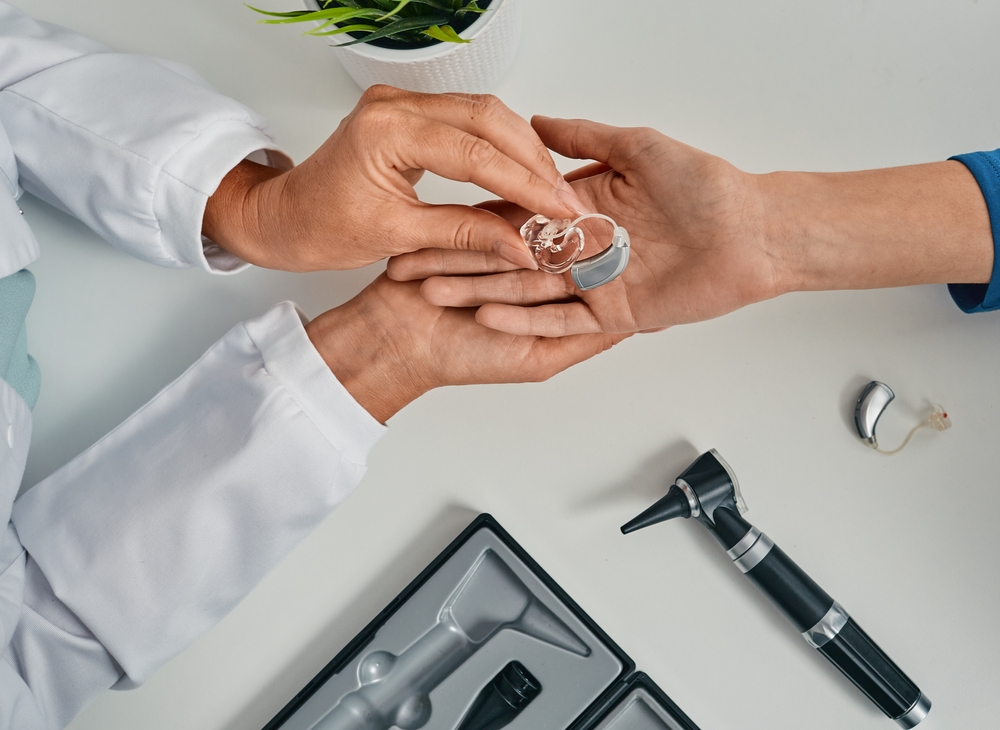Experiencing difficulty hearing can be frustrating, especially when you’ve been diligent about caring for your hearing aids. You’ve treated them with care, ensuring they’re cleaned daily and snug on their charger each night. However, if you find your hearing aids suddenly not performing as expected, it’s essential to take steps to address the issue promptly while avoiding further damage that could necessitate replacement.
Troubleshooting common hearing aid issues
While maintaining your hearing aids is crucial, troubleshooting potential issues can help identify and resolve problems before they escalate. Referencing your owner’s manual is always a good first step, as each model may have specific nuances.
Here are some common troubleshooting steps applicable to most models:
- Wax Buildup: Even with regular cleaning, wax accumulation can occur, potentially impeding your hearing aid’s functionality. Performing a visual inspection can help identify and address any buildup promptly.
- Check for Visible Damage: Inspect your hearing aid for any visible cracks or loose components, as these could indicate more significant issues or susceptibility to moisture damage.
- Battery Status: Despite being placed on the charger overnight, it’s wise to verify your hearing aid’s battery status. For devices with replaceable batteries, ensure they’re correctly inserted, or consider replacing them if necessary.
- Microphone Clarity: Verify that there are no obstructions obstructing the microphone, as this can lead to feedback or distorted sound quality.
While some troubleshooting tasks may be manageable independently, always adhere to the guidance provided in your owner’s manual to avoid inadvertently causing further damage.
Determining if professional repair is necessary
If your hearing aid continues to malfunction despite basic maintenance efforts, seeking professional repair may be necessary.
While the prospect of repair may seem daunting, it’s worth exploring options offered by hearing specialists or manufacturers, such as expedited repair services.
Some providers may offer “Repair While You Wait” services, allowing for swift resolution of issues without prolonged downtime. However, depending on the extent of the damage, immediate repair may not always be feasible. In such instances, having a backup pair of hearing aids can prove invaluable.
Don’t delay seeking assistance
Maintaining the functionality of your hearing aids requires a proactive approach to maintenance and timely intervention when issues arise. Through regular care, informed troubleshooting, and seeking professional assistance when needed, you can prolong the lifespan of your devices and enjoy enhanced communication abilities. Remember, your hearing health is worth prioritizing, so don’t hesitate to take action when challenges arise.
Find a hearing specialist near you to schedule a hearing aid repair appointment today.



